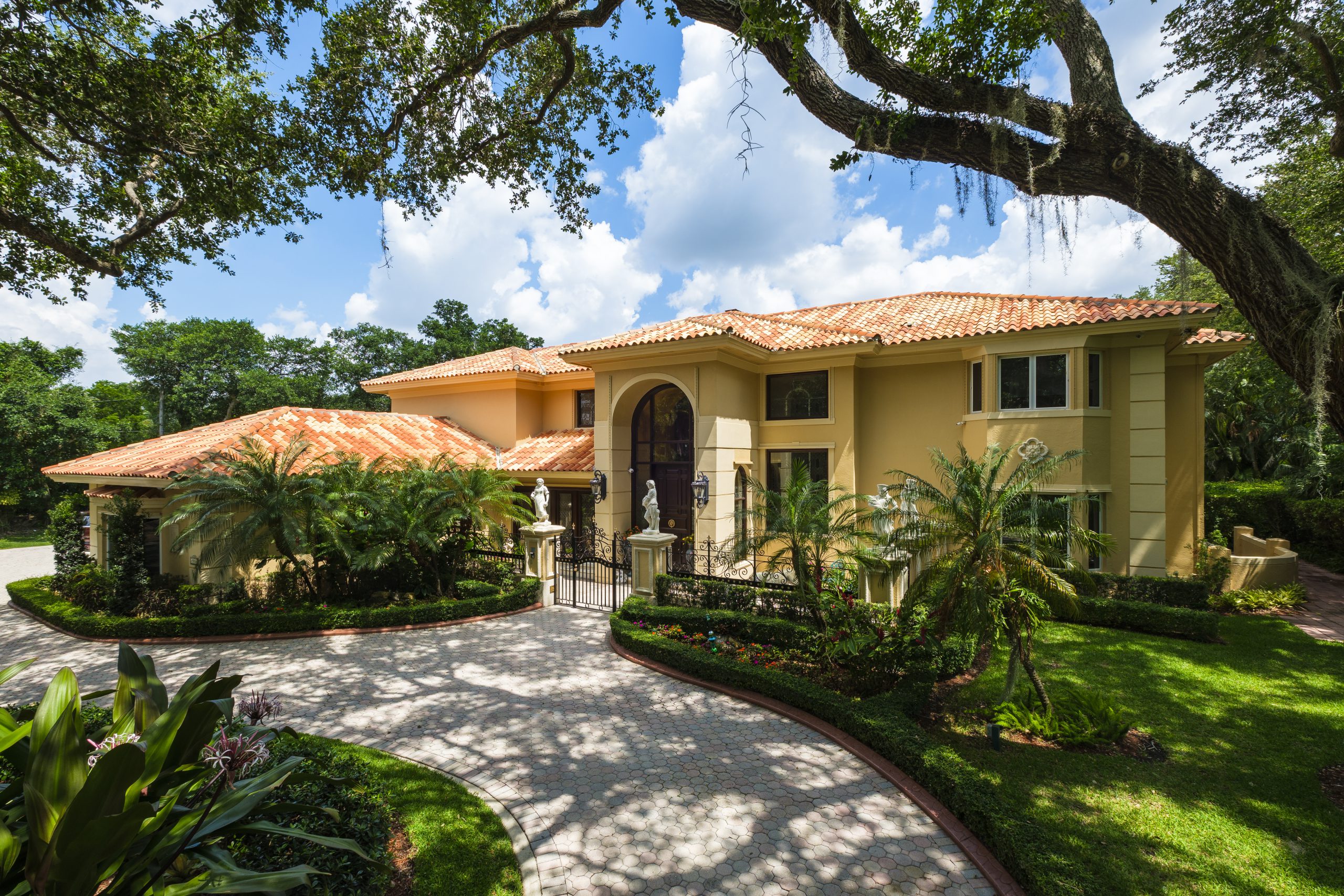
As thousands of Americans are trying to figure out the optimum time to put their property on the market and buy their next dream home, it’s interesting to look at the luxury end of the market.
Owners of multi-million-dollar properties are facing similar challenges and opportunities as higher mortgage costs are offset by a shortage of supply that’s bolstering prices.
And perhaps that’s some solace if you’re considering selling shortly.
Analysis from the home-buying platform Plunk shows the luxury market has been tracking at the same pace as the Dow Jones for the past decade, increasing in value 2.6 times.
Plunk says the Nasdaq has outperformed property, registering 3.9 times its value since 2013.
However, that index can be a bucking bronco, and it’s driven by the super tech stocks Microsoft, Google, Apple and Amazon. To see that benefit, I guess you had to buy early in the cycle.
These are some core factors influencing all property types and their impact on the luxury market.
Cost of cash
Let’s start with interest rates. As Plunk’s economist Vince O’Neill points out, owners of expensive properties are often less affected by rate rises than the average American family. So, in the lux market, rates are less of a negative influence on potential buyers.
Impact of inflation
We’ve been watching the Federal Reserve increase rates since April 2022 to help control break-out inflation, which has now edged down to 5% from a 9.1% peak last June. Again, buyers of luxury homes can handle this challenge so long as they’ve not over-extended their financial position.
Equity values
The last few years have benefited the luxury market. However, when a market correction comes, it’s usually the biggest winners who get the greatest reality check. In recent months, the continuing lack of properties on the market has sustained price levels.
Value growth
The strong performance of economic data, stock market and employment numbers favor the luxury market. Zip codes with luxury homes have experienced a stronger value growth than those with single families. According to the Plunk figures, their x2.6 increase since 2013 compares with x2.3 for the average family home in America.
